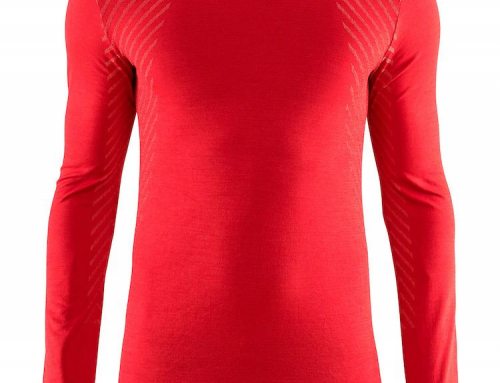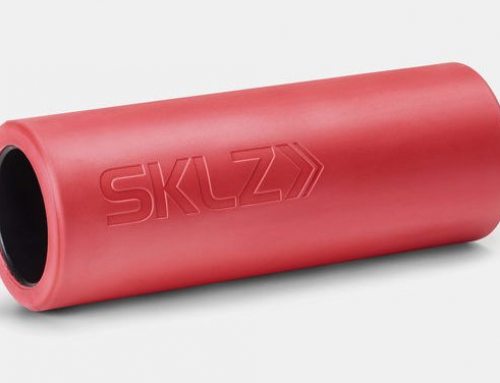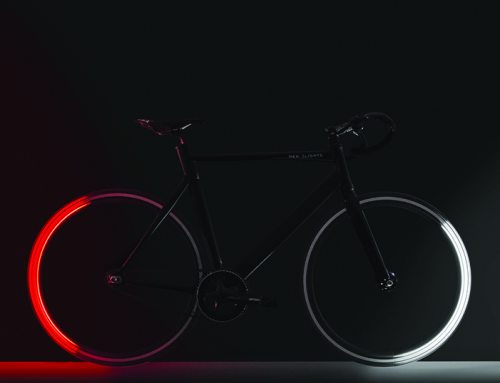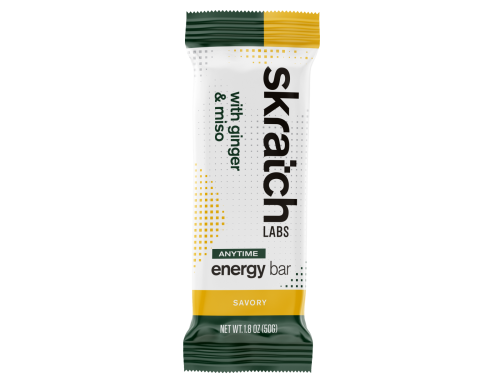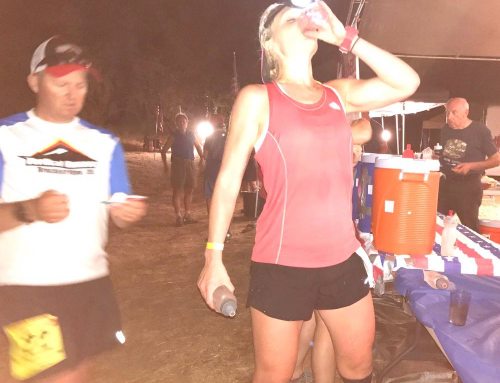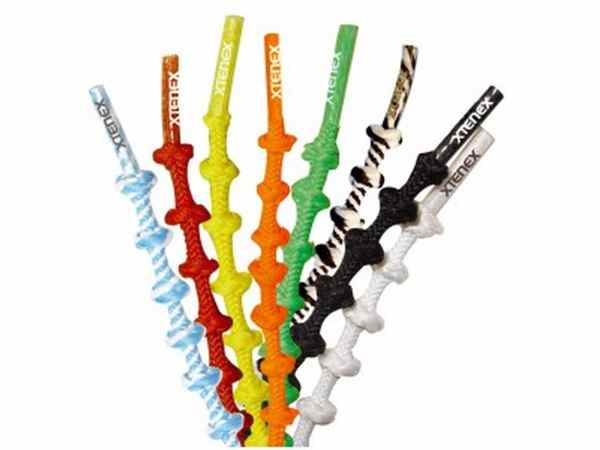
By Cid Cardoso, Jr., and Jeff Freer
What’s the best thing since sliced bread? Well, it just might be XTENEX shoe laces. “What? Shoe laces?” you might ask in wonder. Well, let me tell you, these are not your normal laces. Over the years, manufacturers have tried to come up with better ways of tightening or fastening running shoes, from Velcro or ratchet systems, to stretchy upper materials on the shoes themselves, to eliminating shoe laces altogether. However, manufacturers always return to more or less the same old shoe laces. Look around the shoe wall of your favorite running store and count how many models use a form of closure other than shoe laces: Zero. (OK, maybe there is still one triathlon shoe from two years ago.) The reason is simple. Shoe laces, for the most part, do a great job providing a snug, reliable, fairly uniform, easy way to fit shoes to our feet when we go running. Still, shoe laces have a few shortcomings. Keeping them tied can be a bit of a challenge under some conditions. Perhaps more important, they tend to migrate toward certain areas of the foot, mostly the front bend, during repeated strides. This results in binding and tightening in some areas – which causes additional pressure points – while creating room and sloppiness in others, increasing the potential for slipping and blisters. It is not surprising, then, that creative and entrepreneurial individuals have turned their energies to inventing better shoe laces.
The first thing you’ll notice about the XTENEX laces are the distinctive bumps or knots that run the entire length of each lace. These knots are what hold the lace in your preferred tension or tightness, prevent unwanted movement, and make the laces extremely adjustable. The knots disappear when you add tension or pull on the lace and then reappear when the tension is released to hold the lace in the exact position you want it. This makes it easy to “lace up” the shoe and achieve the desired tension.
The XTENEX laces are elastic, so they stretch as your foot swells during running and throughout the day. Because they are elastic, you also won’t have to tie your shoes anymore; your shoes become loafers. The elastic feature also makes them a great addition to running shoes used in a triathlon because you will be able to get them on more quickly during your transition from the bike to the run. They also allow your shoe to come off easily, making them a perfect choice for the upcoming duathlon season. With the XTENEX laces, there are no plastic pieces to slip, lose or break, thus prolonging the effectiveness and durability of this lacing system.
I have found that lace migration can be a real nuisance in long runs. It is not uncommon for me to have to adjust my laces at least once during my two-hour runs, either to tighten a certain spot or to loosen another, mainly by redistributing the spacing. (In short runs it’s not generally an issue for me.) And in the case of triathlons, in the past, I’ve often had to choose between elastic laces that moved completely freely in the eyelets, thus exaggerating lace migration, or lace locks that kept conventional laces tied but required time to achieve the desired lacing distribution. Again, not issues at sprint races but certainly potentially annoying issues at IM races. With the XTENEX laces, I can loosen up the lace in a specific spot and the rest of the lace stays as tight as I want it. In fact, it even allows me to set different tensions in different areas of the shoe. This, which XTENEX calls asymmetrical lacing, is used in certain shoes to accommodate the form of the foot or provide additional stability in certain areas. Although I had never thought about lacing my shoes in terms of pre-set tension zones, I have often been in situations where I played with the laces, tightening one area more than another to try to eliminate a painful pressure point or friction or to prevent slipping (both of which can result in blisters). Finally, this customization is easy to set and measure, as more knots between eyelets equal less tension, and vice versa.
The XTENEX laces are available in multiple colors, lengths and knot sizes for different types of shoes and are appropriate for your running, athletic, work and casual footwear. The XTENEX laces retail for $14.99, which seems a little on the steep side for shoe laces, but sometimes a better mouse trap is just more expensive to build. Remember that they offer more benefits than your standard elastic laces marketed for triathlons and quick transitions. They offer a significant increase in lacing options, and therefore comfort, for virtually all types of shoes that use laces, and they may be worn for long periods of time.
# # #
Cid Cardoso, Jr., owner of Inside Out Sports, has been doing triathlons for over 20 years. Last October, he competed in his 26th Ironman – his eighth appearance at Kona. A veteran of ultramarathons, he has competed in Team RAAM twice. He has seen equipment evolve with the sport and continues to test new products to assess their impact on performance. He trains, works and resides in Cary, N.C., with his wife, two daughters and son. You can reach him at cidjr@insideoutsports.com.
Jeff Freer is the Store and Running Manager at Inside-Out Sports in Cary where he has been for the past 3.5 years. He likes to run and ride when his wife and kids allow it. He does not like to swim but does it anyway.
<


